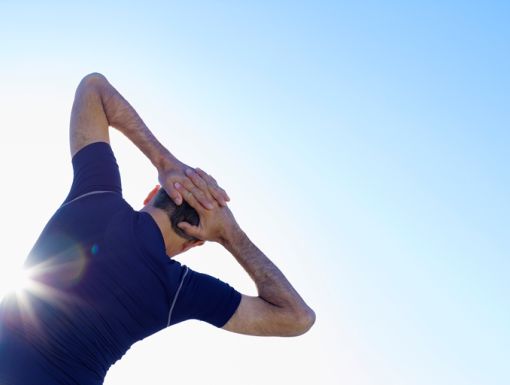
Pilates - An Alternative Solution to Low Back Pain
Lower back pain is one of the most common reasons for doctor’s office visits. The adults experience of low back pain can be as a high as 90% in their lifetime. Low back pain is the most common reason for job related disability and missed work days. In a given year, close to 50% of adults will have some form of low back pain, with the direct costs alone being as high as $20 billion annually and the indirect costs, including lost work time and worker’s compensation claims, estimated north of $50 billion annually.
With the current concentration on reducing healthcare costs while improving quality of life, pilates might be an excellent alternative modality in lower back pain management.
What is Pilates?
The Pilates method was developed by Joseph Pilates of Germany. He was born with asthma and other health problems but turned to exercise and sports to overcome his various ailments. Pilates’ emphasis is placed on controlled movements. The moves might look simple but takes a lot of control and precision. While the core is the main focal point of pilates, it also engages the upper back, glutes, and muscles of the legs. It has been shown to improve strength, balance, and flexibility.
In addition, most participants note an improvement in posture and overall well-being. The focus is on improving core strength to help support bones and muscle as well as teaching awareness of movements that may stress the spine. It is a well-known fact that improvement of abdominal strength decreases the risk of injury to the low back and can help with lower back pain.
Is Pilates For Me?
If you have chronic lower back pain, pilates can help with strength conditioning and improve flexibility. If you are looking for strengthening your core muscles and improving your posture, pilates is for you. After trying a few sessions, you might be amazed at the many benefits it provides including the ability to help alleviate pain. It can decrease tension in your low back and legs due to improved alignment and awareness of posture while engaging in physical activity. These exercises can be demanding so start slow and tailor it to your needs.
Why I Recommend Pilates
As a pain management physician, I often recommend physical therapy and home exercises to aid in treatment of chronic low back pain because physical activity can help with both pain and mood, which goes hand in hand. Spine related pain is best treated by utilizing a multimodal approach, which consists of a combination of medical, interventional, and physical modalities, which are crucial for successful pain management.
Pilates, with classes usually lasting for one hour, serves as an additional option to help improve pain and overall well-being of patients with chronic lower back pain. Instructors do not have to be licensed to teach pilates but it is best to work with a certified and experienced instructor who is knowledgeable regarding injuries to maintain safety.



